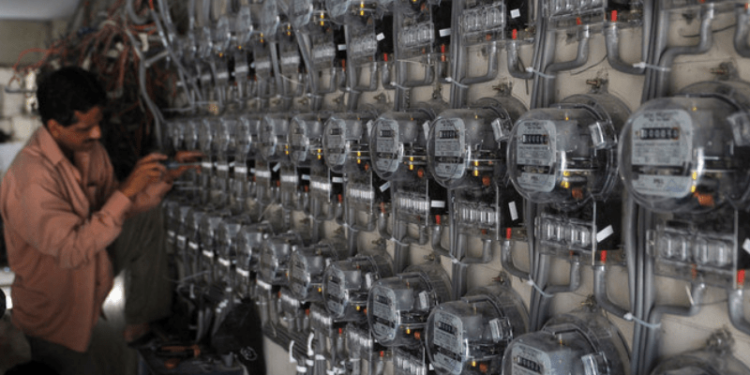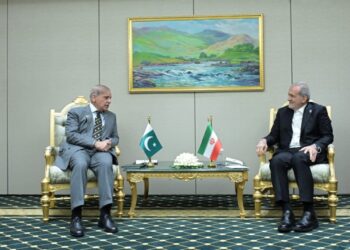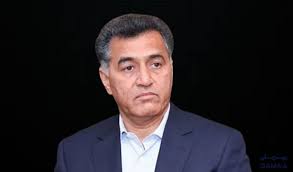Introduction: Relief on the Horizon for Electricity Consumers
In a significant move aimed at providing relief to electricity consumers and improving affordability, the Government of Pakistan has announced a reduction in electricity prices starting from July 1, 2025. The proposal, submitted to the National Electric Power Regulatory Authority (NEPRA), suggests a uniform reduction of Rs 1.15 per unit, with the revised tariffs expected to apply across most consumer categories except lifeline domestic users.
This decision comes as part of broader energy sector reforms aligned with the government’s fiscal and energy policies under its agreement with the International Monetary Fund (IMF), aiming to improve efficiency and reduce financial losses in the power sector.
NEPRA’s Role and Scheduled Public Hearing
NEPRA has scheduled a public hearing on July 1 to finalize the regulatory process. Only after this hearing will the new rates be officially notified and implemented. NEPRA’s role is crucial in ensuring that electricity tariffs align with distribution company (DISCO) revenue requirements, fuel cost adjustments, and national socio-economic goals.
Tariff Reduction Details for Domestic Consumers
The reduction in electricity prices is a targeted initiative designed to benefit the majority of consumers without disturbing subsidies extended to the most vulnerable.
Lifeline Consumers:
The two lowest slabs, generally used by lifeline customers consuming up to 100 units per month, will remain unchanged due to existing government subsidies.
- Up to 50 units: Rs 3.95/unit (no change)
- 50 to 100 units: Rs 7.74/unit (no change)
Protected Domestic Consumers:
Protected categories refer to households consuming fewer than 200 units/month for at least six months.
- 1–100 units: Reduction from Rs 11.69 to Rs 10.54/unit (approx. 9.8% decrease)
- 101–200 units: Reduction from Rs 14.16 to Rs 13.01/unit (8% decrease)
Non-Protected Domestic Consumers:
Non-protected households, typically consuming above 200 units, will also benefit:
- First 100 units: Reduced from Rs 23.59 to Rs 23.44/unit (5% decrease)
This restructuring reflects the government’s intent to balance consumer affordability while also minimizing the fiscal burden of subsidies.
Tariff Reduction for Other Consumer Categories
The price reduction is not limited to domestic users. A uniform cut of Rs 1.15 per unit has also been proposed for the following sectors:
- Commercial consumers
- Industrial consumers
- Agricultural users
- Bulk supply consumers
While the percentage reduction in these categories may range between 3% and 4%, the absolute decline in unit cost will help ease the operational burden on businesses, potentially stimulating economic activity.
Impact on Average Tariff
Following the proposed revision:
- The average national electricity tariff will reduce from Rs 32.75 to Rs 31.60 per unit.
- NEPRA has also projected a new average tariff of Rs 34 per unit for FY 2025–26, down from Rs 35.50 in FY 2024–25.
These adjustments are made in light of the revenue requirements of DISCOs, reductions in federal subsidies, and macroeconomic reforms introduced in the budget.
Fiscal Policy, Subsidies, and IMF Agreement
The government’s revised electricity tariffs align with its budgetary commitments to the IMF, which include reducing subsidy expenditures and improving the financial health of the energy sector.
Key Subsidy Changes for 2025–26:
- Total Power Sector Subsidy: Rs 1.04 trillion (↓ from Rs 1.19 trillion in 2024–25)
- Inter-Disco Tariff Differential Subsidy (TDS): Rs 249.14 billion (↓ 10%)
- Balochistan Agricultural Tubewell Subsidy: Reduced from Rs 9.5 billion to Rs 4 billion
- Merged Districts of Khyber Pakhtunkhwa (Ex-FATA): Cut from Rs 65 billion to Rs 40 billion (↓ 38%)
- K-Electric Subsidy: Reduced from Rs 174 billion to Rs 125 billion (↓ 28%)
- Azad Jammu & Kashmir (AJK): Rs 108 billion reduced to Rs 74 billion (↓ 31.5%)
These reductions reflect a significant shift from blanket subsidies to targeted financial assistance, improving fiscal efficiency while ensuring social equity.
Consistency with National Electricity Policy 2021
The Power Division stated that the proposed reduction is consistent with Clause 5.6.1 of the National Electricity Policy 2021, which emphasizes:
- Financial sustainability
- Full cost recovery
- Efficient tariff structures
By adjusting the average cost-to-service and incorporating targeted cross-subsidies, the policy aims to reduce losses, ensure timely payments to generators, and make the power sector bankable for private investments.
Uniform Tariffs for DISCOs and KE
The federal government has reaffirmed its commitment to uniform tariff application, even after the privatization of K-Electric (KE) and other DISCOs. Whether directly or indirectly, the government will ensure that subsidies continue to maintain tariff parity for consumers across Pakistan.
The variable charges applicable to KE are also set to be revised in accordance with the revenue requirements determined by NEPRA, taking into account regional variations, operational costs, and subsidy allocations.
Strategic Implications and Consumer Impact
This price revision is expected to have wide-reaching implications:
For Consumers:
- Reduced bills will offer financial relief during a period of high inflation.
- Middle- and lower-income households will benefit most from reductions in protected categories.
For Industry:
- Lower input costs for commercial and industrial sectors may lead to higher productivity and export competitiveness.
- Could help revive struggling SMEs and reduce closure risks for power-intensive businesses.
For the Economy:
- The move can stimulate consumer spending.
- May reduce circular debt pressure, improving the financial health of the power sector.
Ongoing Reforms and Outlook
The government’s move is a part of a broader agenda to restructure the power and energy sectors by:
- Encouraging privatization
- Enhancing DISCO efficiency
- Transitioning to cost-reflective tariffs
- Scaling down untargeted subsidies
Moreover, with the establishment of the Pakistan Energy Resolving Fund, set at Rs 48 billion for 2025–26, the government is ensuring timely payments to Chinese investors under CPEC energy projects, further stabilizing the sector.
Conclusion: A Balanced Approach Toward Affordability and Fiscal Discipline
The proposed reduction in electricity tariffs, effective from July 1, signals a balanced approach by the government: easing the burden on consumers while advancing key fiscal reforms and sectoral sustainability goals.
As the public hearing by NEPRA approaches, it is expected that the proposed revisions will be approved with minimal changes, paving the way for their formal implementation.
These developments reflect the government’s commitment to ensuring affordable electricity while staying aligned with international financial obligations and preparing for a more privatized, efficient, and consumer-centric energy future.

























